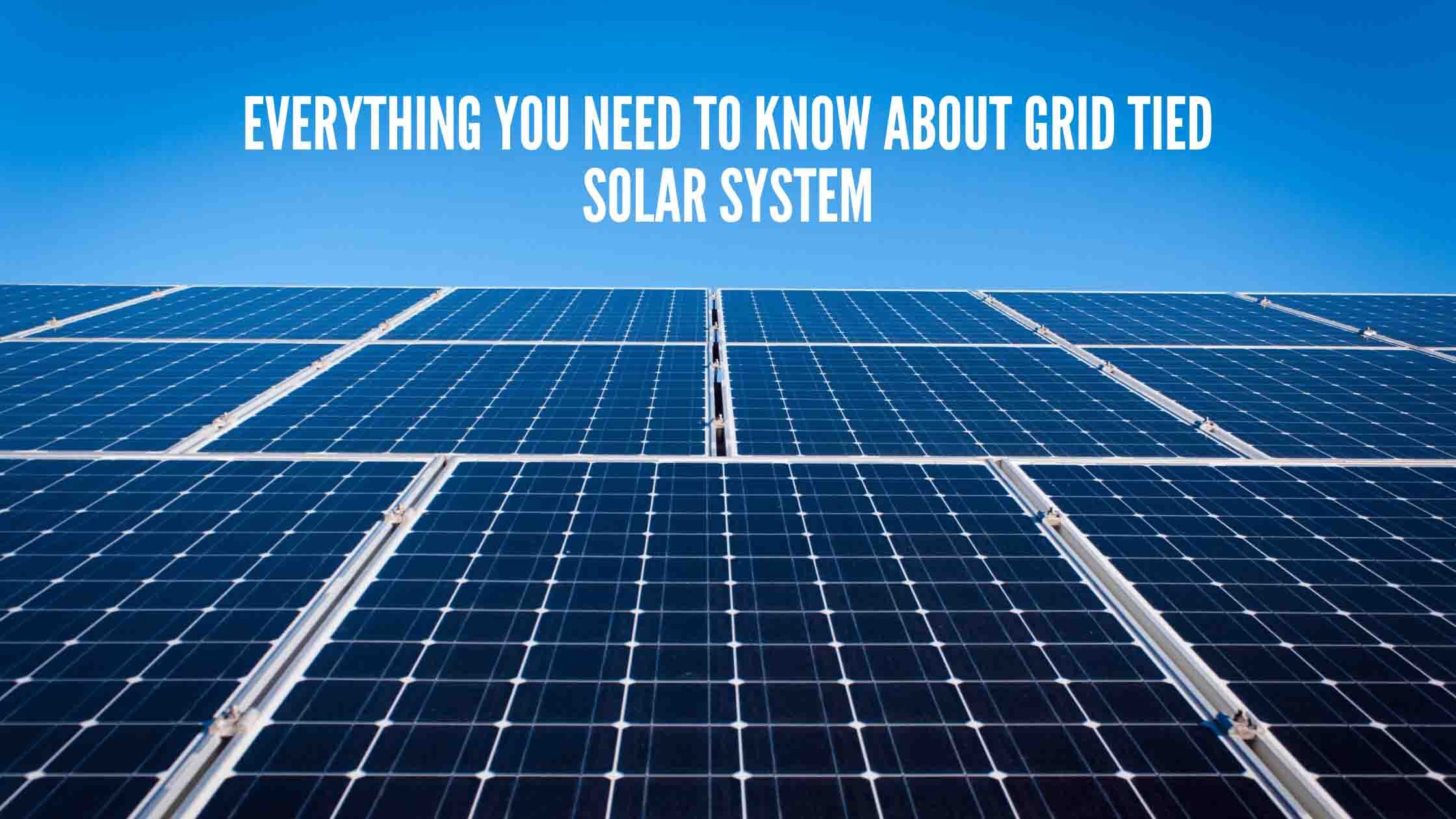

The most common issue among home and business owners is the growing electricity expense. But did you know that you can save up to 50% on your electricity bill and even contribute towards a greener environment?
We cannot imagine a few hours without electricity in today's society, but our dependency on the grid is driving up our electrical bills, especially during the summer. You may take advantage of this offer by switching from a traditional grid connection to a solar grid connection without sacrificing your comfort and contributing to a greener environment. Fortunately, there are several practical and economic advantages to having your solar system connected to the grid and this blog covers some of the insights related to it.
Solar energy systems that are grid-connected or grid-tied are the ones which are linked to the local utility grid. Simply put, we may benefit from both solar energy and grid connection. This system may import and export energy through various devices which also compensate consumers to draw the energy back from the grid.
People with grid-connected systems are called Prosumers since they can produce and consume energy.
Three main components of a grid-connected solar system are:
The photovoltaic principle generates a direct current when solar radiation strikes the solar panels (DC). With the help of an inverter, the generated direct current is transformed into alternating current (AC), which is then given to various AC loads connected and this is what powers varied electrical appliances. In the case of grid-tied systems, The excess energy produced is fed back into the grid.
A bidirectional meter (net meter) is used to measure the quantity of electricity sold to the utility, and the prosumer is compensated for the energy exported.
When a solar panel cannot produce the required amount of electricity due to cloudy weather or at night, the required power is imported from the utility grid and the user is charged on the consumption basis while enabling him to benefit through the concept of net-metering. It allows consumers to get rebate on the yearly consumption by calculating the difference of electricity consumed and sending it back to the grid.
Advantages of grid-tied solar systems:
Disadvantages of grid-tied solar systems:
A grid-connected system has only two major disadvantages:
During grid failures, there is no power: Grid-connected solar systems do not include battery storage. Hence they do not supply backup power. Even when power outages occur during daylight hours, this is the case for safety reasons. When the grid goes down, grid-tied solar systems are designed to turn off so that power is not sent over utility power lines, where employees may be present.
Feasibility: Without adjacent power lines, grid-tied solar may not be feasible in isolated or undeveloped places.
A better Alternative for Energy Consumption and Delivery
It is quite a known fact that electricity uses coal as the raw material to generate electricity which also results in huge pollution. Year by year, the consumption of electricity is constantly increasing and this is why we need solutions like Grid-Tied Solar System to help both electricity DISCOMs and consumers get benefitted by shifting to a cleaner alternative while also meeting the growing needs.
Conclusion
Grid tied solar systems are quite efficient and useful in terms of their capability to send the energy back to the electricity grid. This not only offers surplus energy to DISCOMs but also helps consumers get better electricity backup without relying on coal based electricity measures and this is the reason it is more environment friendly.